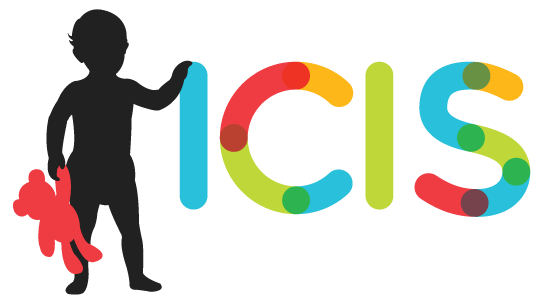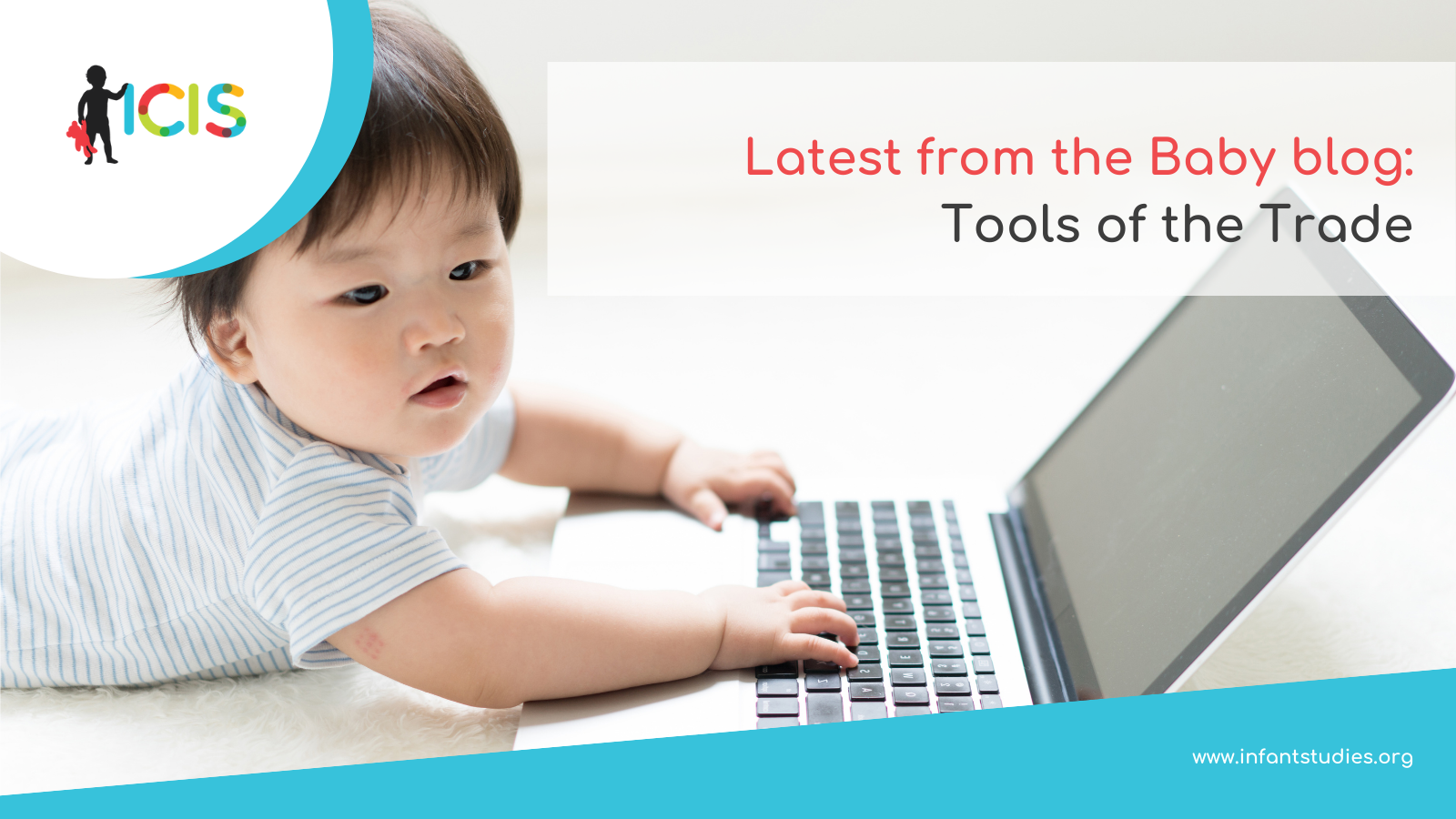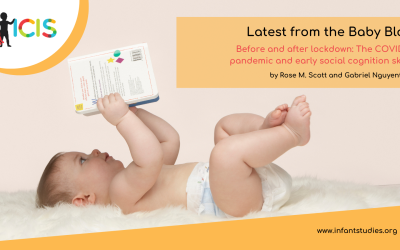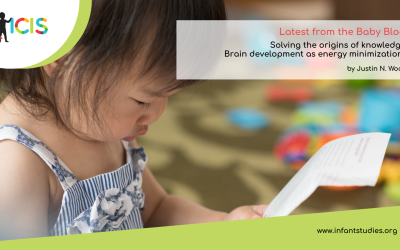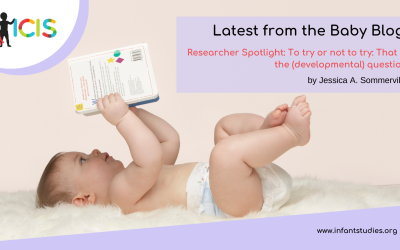by Andrea Sander-Montant and Krista Byers-Heinlein
Illustration by Andrea Sander-Montant
In Frankenstein, written by Mary Shelly in 1818, the doctor described his experiment like this: “I collected the instruments of life around me, that I might infuse a spark of being into the lifeless thing that lay at my feet. It was already one in the morning; the rain pattered dismally against the panes, and my candle was nearly burnt out, when by the glimmer of the half-extinguished light, I saw the dull yellow eye of the creature open; it breathed hard, and a convulsive motion agitated its limbs”.
The story of Frankenstein exemplifies the romantic myth of the lone eccentric scientist working on matters unknowable to the rest of us. In a sense this myth, as countless others, stems from a real phenomenon of science being a mystical entity behind an impenetrable castle. In the past, the way we conducted science, and eventually communicated the results, was mainly aimed at other scientists and experts, and as a result, knowledge got shrouded by things like technical jargon and pay-per-view access. However, recent efforts like the open science movement have spearheaded a path towards making science more accessible to a broad audience (Sanjana, 2021).
The birth of open science
The idea behind open science started forming in the early 2000’s and in January 2012, the term “open science” was featured for the first time in a New York Times article (Lin, 2012). The term referred to a movement that came as a response to the “reproducibility crisis” in psychology, which psychology researchers were increasingly aware of, but which, of course, also existed in most other disciplines (Open Science Collaboration, 2015). The reproducibility crisis refers to the phenomenon whereby researchers are too often unable to reproduce findings reported in previously published research. For instance, Ionnidis (2005) estimated that more than half of published research may be false. The core principles of the open science movement relate to transparency, accessibility/openness, and collaboration as ways to make science more reproducible and within reach for all interested parties.
As the way we do science changes to become more collaborative and open, the way science is communicated must change as well. Historically, science communication has been left up to two main groups: scientists with varying degrees of communication skills and journalists with varying degrees of scientific skills. But what if science communication could also be collaborative? Here we provide two real-life examples from the field of developmental psychology.
Example 1: Many babies, one collaborative press release
The ManyBabies Consortium came together in the context of previous and concurrent collective efforts to replicate research in the social and cognitive fields of psychology, such as ManyLabs, ManyPrimates, and the Psychological Science Accelerator. These international networks pool their resources, expertise, and ultimately, their data, to surmount the main challenges facing replicability, such as getting a sufficiently large dataset, testing participants from diverse backgrounds, and standardizing research practices across laboratories.
In the ManyBabies 1 project, researchers tested thousands of babies from around the world to investigate infants’ preference for infant-directed speech (i.e., baby talk), and the team jointly published a peer reviewed journal article (ManyBabies Consortium, 2020). Next, the researchers were faced with another challenge: communicating their findings with the rest of the world.
For the ManyBabies 1 project, the two lead authors took a traditional approach to publicizing their findings, with each author coordinating with their own university’s media relations team to draft a press release, which was then disseminated via standard channels like newspapers and tv stations. ManyBabies 1 Bilingual, a spinoff from the main project that looked at bilingual infants’ preference for infant-directed speech, decided to experiment with a more open and collaborative approach to sharing their findings. The lead author worked together with the media relations team at her university to draft a press release, and 11 collaborators volunteered to act as liaisons to their own institutions’ media/press offices. On the designated day, the press release went out simultaneously across multiple countries and languages. In the end, the findings were shared widely across English, Spanish, French, and German language media, making the findings accessible to a wider audience.
This collaborative approach extended the open science spirit of the project itself to the way it was disseminated. Media interviews were not only done with the lead author, but also with many other collaborators who had individual perspectives on their findings and how these relate to their own cultural milieu.
Example 2: Communicating the big pictures through a collage of collaborators
In communicating developmental science, a key goal should be for caregivers, educators and policy-makers to be able to access and utilize evidence-based information to advance societal goals. However, more often than not, the only accessible information are second- or third-hand interpretations of research findings. One of the issues that perpetuates this is hyperspecialization, whereby researchers become experts in increasingly narrow topics.
In 2020, a group of developmental scientists decided to tackle this problem by building on some of the lessons learned from open science to create more impactful science communication. The group created Kotoboo comics, a freely available platform where fun comics are used to introduce lay audiences to evidence-based tidbits of developmental science. What Kotoboo’s science communication model embraces from open science is the principle of collaboration. Each scientist brings a piece of expertise to what later becomes a sort of joyful big-picture science potluck. Secondly, the model abides by the open science mandate of “openness”, offering its audience the opportunity to freely access research that would be otherwise walled-off by jargon or by pay-per-view journals. It also makes science accessible by using dissemination channels that are more familiar to lay audiences, like posting on social media. For example, the image below is from a comic that explains how speaking to babies helps them learn language, as the rhythm in caregivers’ speech provides clues on how to segment words. In this example, Kotoboo’s expert on prosody took the lead, but the rest of the team collaborated to offer insights from the fields of infant-directed speech, bilingualism, and semantics to make sure the message was about the bigger picture language learning and not the narrow field prosody.
Image by Clara Daoud. Reproduced from Kotoboo Comics with the author’s permission
Take-home messages
Making science accessible through effective communication is a task of monstrous proportion that would have been challenging even to Dr. Frankenstein. However, here we have offered two real-life examples from developmental science where scientists have successfully infused a spark of being into their science communication by applying the open science principles of openness and collaboration. In the future, as science moves further away from the impenetrable castle, the opportunities for openness and collaboration will become increasingly common. We hope that as developmental scientists, we take these opportunities to grow closer to one another as colleagues and to our audience!
About the Authors

Krista Byers-Heinlein
Concordia University
Krista Byers-Heinlein is a Professor of Psychology at Concordia University, where she holds the Concordia University Research Chair in Bilingualism and Open Science and leads the Concordia Infant Research Lab. Her research investigates the language, cognitive, and social development of bilingual infants and toddlers. She is committed to open science, and led the ManyBabies 1 Bilingual project.
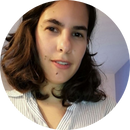
Andrea Sander-Montant
Concordia University
Andrea Sander-Montant is a Ph.D student at Concordia University’s Infant Research Lab. Her research interests focus on the role of experience and maturation on early language learning, and bilingualism in infancy. Additionally, she is a science communication enthusiast and volunteers at Kotoboo comics consulting on bilingualism topics and managing the organization’s twitter account.
